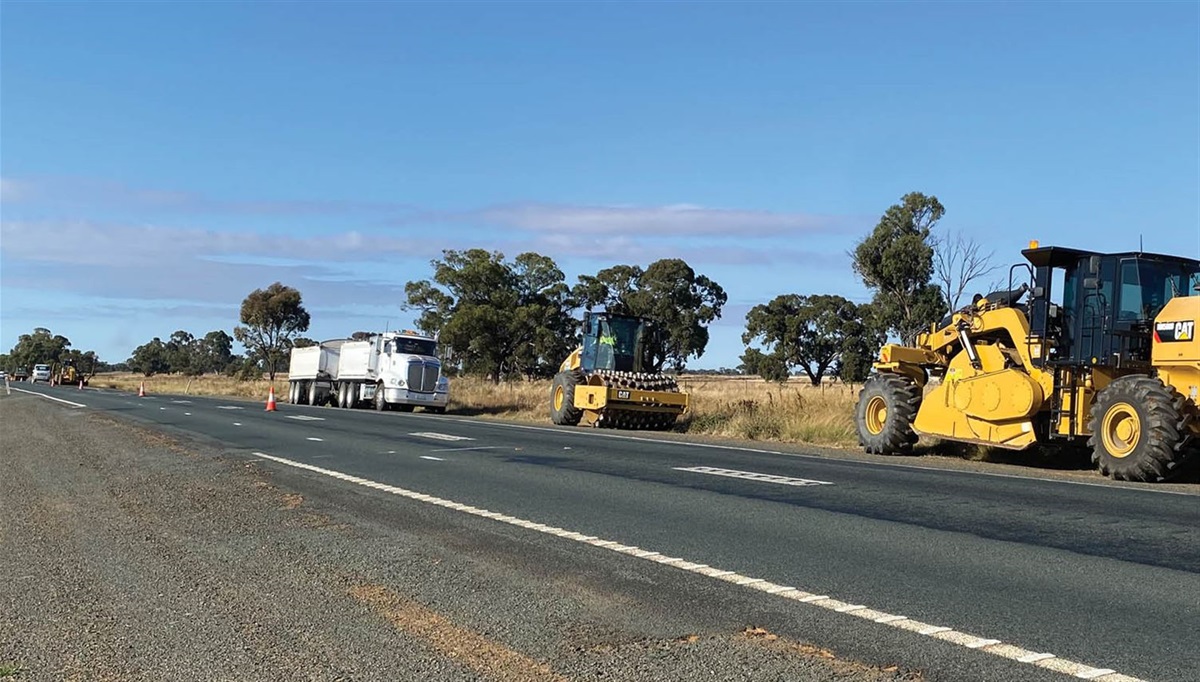- Hon Simon Watts
The Government’s commitment to doubling New Zealand’s renewable energy capacity is backed by new data showing that clean energy has helped the country reach its lowest annual gross emissions since 1999, Climate Change Minister Simon Watts says.
New Zealand’s latest Greenhouse Gas Inventory (1990-2022) published today, shows gross emissions fell to 78.4 million tonnes of carbon dioxide equivalent (Mt CO2-e) in 2022, four per cent lower than in 2021.
“The data shows higher renewable energy was a key contributor to lower gross emissions in 2022, being down four per cent which is the lowest level since 1999”, Mr Watts says.
“We want New Zealanders to benefit from affordable, clean energy. Nearly 90 per cent of New Zealand’s electricity in 2022 came from renewable sources, making us one of the best in the world. But we still have more to do.
“That’s why we have already started work on doubling renewable energy production, ensuring we stay laser focused on continuing this positive trend.
“Transitioning to cleaner energy sources, improving energy efficiency, and ensuring that projects which help to lower emissions are fast tracked is part of our wider plan to rebuild the economy. Transitioning also ensures we have a more sustainable economy for the future.
“To continue the downward trend, the Government has announced an ambitious target to reduce net greenhouse gas emissions, aligned with our Net Zero 2050 goal. These targets are part of our drive to deliver the key promises we made to New Zealanders to rebuild the economy, restore law and order, and deliver better public services.
“But this Government can’t achieve our targets alone. We all have a part to play and need leadership from business, communities, and individual New Zealanders to find new, innovative ways of reducing emissions.
“At the end of this year, the Government will deliver its second Emissions Reduction Plan which will set out how we will meet our emissions budgets for the second half of this decade. It’s a critical milestone on our journey to Net Zero 2050.”







